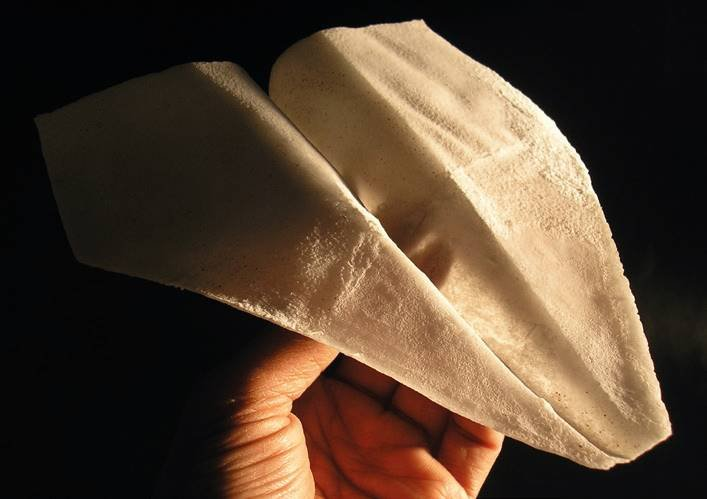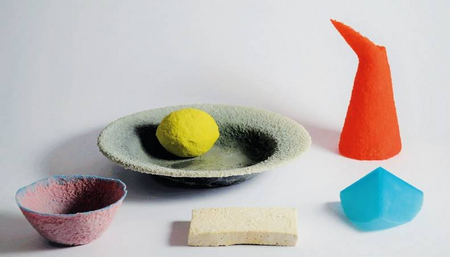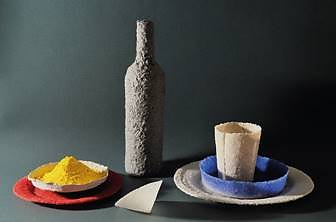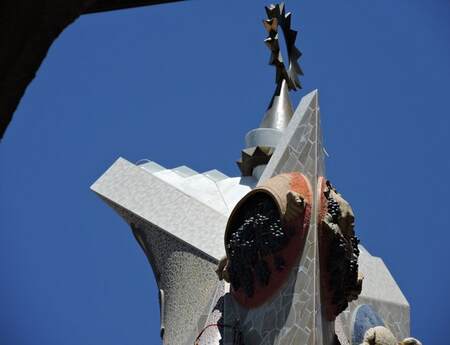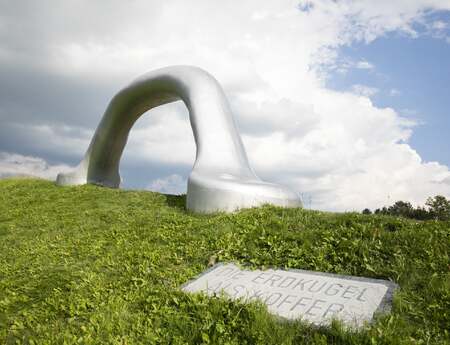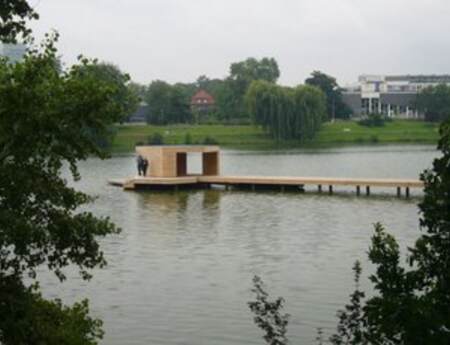Traces of things: Saman Kalantari
In 2005, the ceramist Saman Kalantari visited a gallery in Bolzano exhibiting glass objects. As he was fascinated by the creative possibilities of the material, he began a two year apprenticeship with Vetroricerca Glas & Modern.
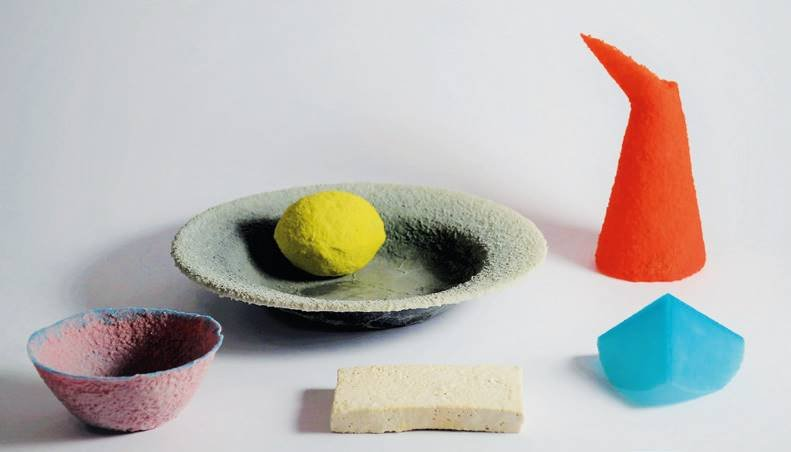
At the time this outstanding vocational training centre mediated artistic work with glass, enabling the native Iranian to acquire the craftsmanship and expert knowledge upon which his work is based to this day. Like many glass artists Kalantari has limited resources in order to realise his work, undoubtedly a major handicap for the generally cost-intensive manufacturing process. Therefore, he developed his own technological strategies, with which he can convey strong content and complex concepts in his artistic pieces. Time and again the experimentation with different methods of glass production leads Kalantari to new results and new possibilities. He adopts traditional procedures of time-consuming Pâte de verre, refines them and increases their flexibility.
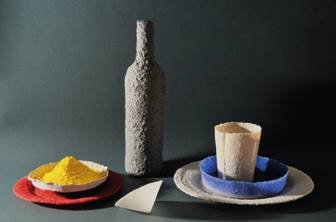
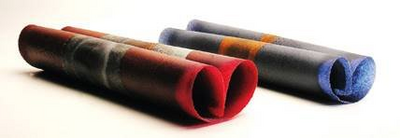
Many of his pieces arise from a combination of techniques, such as ancient core-forming or Japanese paper manipulation, kirigami and origami. He employs diverse fusing methods and each piece undergoes various production phases; basically he coats objects with frits and glass powder, finally with sand. During the firing process in the kiln, the organic supporting material such as paper and fruit scorch. What remains is fused glass.
His pieces are exceedingly delicate and fragile, transparent although the surface appears matte opaque. They look expensive. Yet, Kalantari transforms found pieces and recycled material into glass objects. He sees garbage as raw material and contemplates artistically its decay and its lasting traces. Kalantari‘s piece ‚Still Life‘ won the Emerge 2018 competition at the 10th biennial series of exhibitions at Bullseye Glass Co. It was chosen from around 300 entries. However, due to US-President Trump’s travel ban for citizens from predominantly muslim countries, he couldn‘t attend the award ceremony, much to the regret of the organisers. After locations in Portland, Oregon and Emeryville, California the show is currently on view in the Chrysler Museum of Art in Norfolk, Virginia and will be shown from August 23rd in the Bellevue Arts Museum, Washington. The installation not only convinced the jury with its sensitive aesthetics but equally with its suitability as a projection surface for multi-layered thought processes.
Kalantari‘s glass objects are not just banal items in a still life. For him objects are subtle signifiers that are omnipresent: ‚ We make them, we buy them, we fake them, we collect them, or we throw them away, and we try to get rid of them. We use them, we receive them as gifts, or we give them to people we love. They remind us of persons we know or those we have met, memories that we have lived or locations in which we have been. Some of them have symbolic meanings for us or they have hidden stories, secrets, and in most cases, they have a longer life than those persons who own them. I use objects to talk about concepts such as time, mortality, the cycle of life. For me they also represent what remains in the margin of society.‘ For very specific reasons, Kalantari shifts to the neutral terrain of things: their proximity to humans makes it possible to refer to them without depicting them directly.
Author: Verena Wasmuth
This article was published as part of our cooperation with GLASSHOUSE – International Magazine of Studio Glass 02/19.
